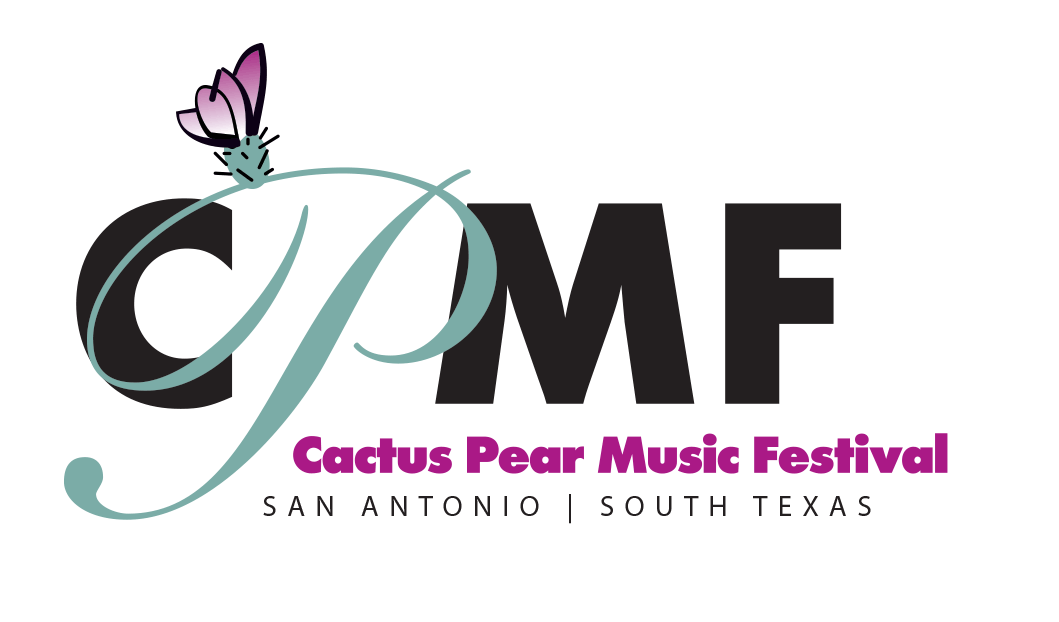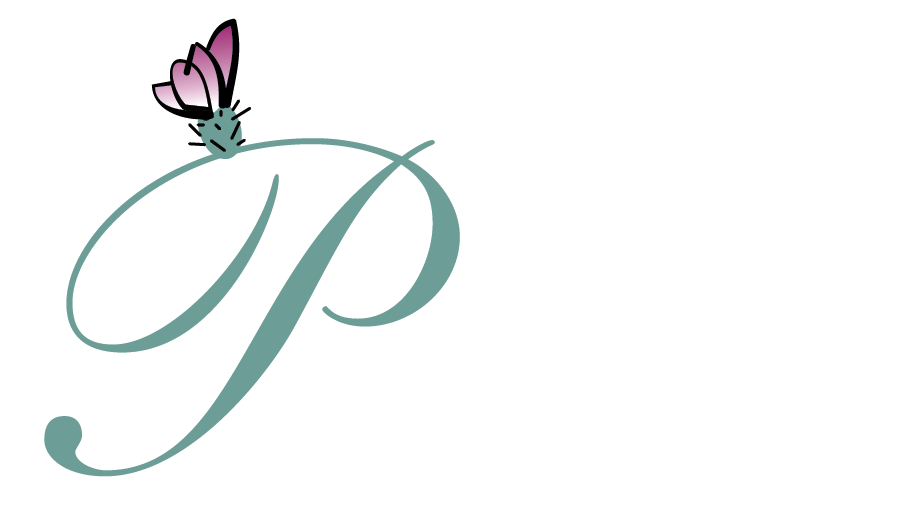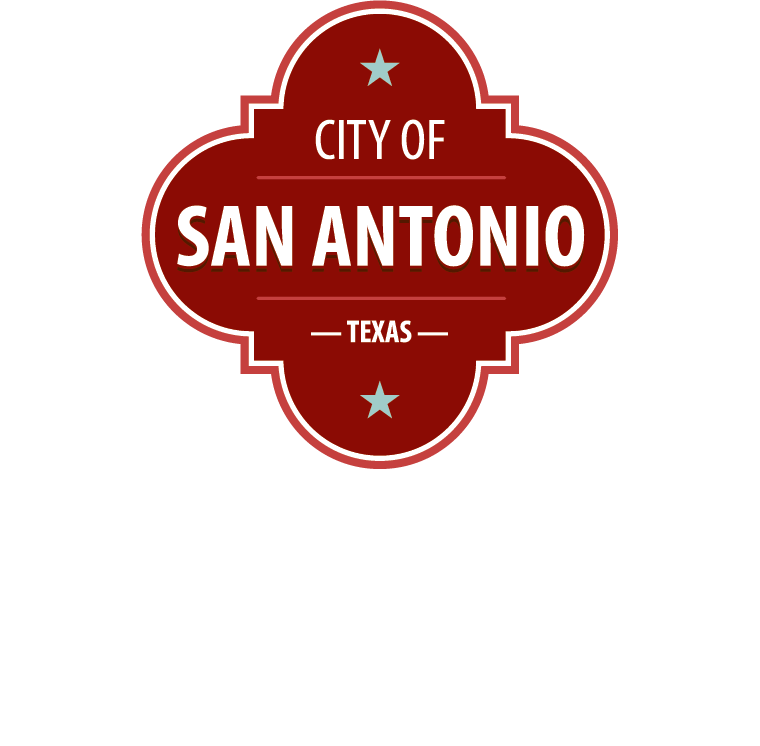3.
On The Fly
Friday July 19, 2024
| 7pm
University of the Incarnate Word, Diane Bennack Hall
(no intermission)
Rebecca Clarke
(1886-1979)
•
Midsummer Moon for
violin and piano (1926)
— Sant’Ambrogio, Sykes
Ludwig van Beethoven (1770-1827)
•
Piano Trio in E-flat Major,
op. 70, no. 2 (1808)
Poco sostenuto; Allegro ma non troppo • Allegretto •
Allegretto ma non troppo • Finale: Allegro
— Sant’Ambrogio, Kostov, Sykes
George Gershwin (1898-1937)
•
An American in Paris for two pianos (1928)
— Sykes, Taylor
Printable PDF of ALL program notes & song texts, click here.
Growing up, my family enjoyed watching old movies, and Gene Kelly’s dance movie An American in Paris was a favorite. Such exuberance! He seemed to fly off the screen! Our third program, ON THE FLY, features music that flies off the page with spontaneous exuberance.
— Jeffrey Sykes, DMA, Artistic Director (all program notes by Jeffrey!)
Rebecca Clarke (1886-1979)
Midsummer Moon for violin and piano (1924)
Rebecca Clarke received a one-line entry in the 1980 edition of Grove’s Dictionary of Music as the viola-playing wife of composer and pianist James Friskin. Today she is regarded as one of the most original and interesting British composers of the early twentieth century, and her husband’s name is virtually forgotten. Clarke was born and raised in England to a German mother and an American father. While she claimed both English and American nationality, she spent most of her adulthood in the United States. Her childhood was difficult: in her memoirs she recounts frequent beatings from her father and highly strained familial relations, although they encouraged her musical talents. In 1903, she enrolled in the Royal Academy of Music as a violinist and, in 1907, began a composition course at the Royal Conservatory as one of the first female students of Charles Villiers Stanford. However, she was unable to complete her work, as her father suddenly banished her from the family home. She embarked on a career as a professional violist to support herself, becoming one of the first women playing in a fully professional orchestra. She concertized extensively, playing chamber music with luminaries such as Myra Hess, Pablo Casals, Artur Rubinstein, Jascha Heifetz, Artur Schnabel, and Joseph Szigeti.
In 1916 she moved to the United States. There she learned of a composition competition being held by the Berkshire Music Festival and sponsored by Elizabeth Sprague Coolidge, one of the great musical patrons of all time. The competition, held in 1919, was for a sonata for viola and piano, and all entries were to be made and judged anonymously. Clarke determined to enter the competition and submitted her three-movement Viola Sonata. There were 72 entrants in the competition. Clarke’s sonata tied for first place with the great Suite of Ernest Bloch. Coolidge later broke the tie in favor of Bloch, but the judges were so impressed by the sonata they insisted on knowing the identity of the composer. Coolidge later told Clarke, “…you should have seen their faces when they saw it was written by a woman!”
Clarke’s musical style is expansive and powerful, combining the coloration of Debussy, the passion of Bloch, and Franck’s sense of structure and use of leitmotivs. And yet her use of elements of English folksong and modality gives her music an approachable, fresh, unmistakably English quality. We hear all these elements in Midsummer Moon, a short impressionistic piece she wrote in 1924 for the Hungarian violinist Adila Fachiri (née d'Aranyi). Fachiri was also the dedicatee of the two Bartók sonatas for violin and piano. Clarke had performed extensively with Fachiri in England; many of her early compositions were written for her all-female chamber ensemble that included Myra Hess (piano), May Mukle (cello), Fachiri, and Clarke herself. Clarke wrote of this composition, “I’m calling it “Midsummer Moon,” which is the best title I can find that describes it.” Perhaps those words suggest we not read too much into her choice of titles!
Ludwig van Beethoven (1770-1827)
Piano Trio in E-flat Major, op. 70, no. 2 (1808)
Ludwig van Beethoven's Piano Trio in E-flat major, op. 70, no. 2, is one of a pair of piano trios—the other being the famous "Ghost" Trio, op. 70, no. 1—dedicated to Countess Marie Erdödy, a close friend and patron of Beethoven. Many of his works, including both trios, had their premieres at her Vienna home. Beethoven referred to her as his “Father Confessor”—apparently, she inspired many compositional ideas—and thought highly of her piano-playing. (Clearly, she was quite a pianist if she played these two trios!) Where the “Ghost” trio is dramatic, explosive, and intense throughout its three movements, its companion trio is warmhearted and leisurely. The two works could not be more different.
This four-movement trio is probably the least-often performed of Beethoven’s trios. It’s also the only trio that lacks a slow movement, so often the emotional center of gravity in Beethoven's works. But it is nonetheless a magnificent piece through and through. The first movement begins with a slow, contemplative introduction (a Haydn trademark) that immediately captures the listener's attention. This leads seamlessly into the main body of the movement, where Beethoven's mastery of thematic development and structural coherence shines. The movement is characterized by its lyrical themes and dynamic contrasts, with the piano, violin, and cello engaging in a sophisticated dialogue. Beethoven's use of counterpoint and rhythmic drive propels the music forward, creating a sense of both elegance and urgency.
In the second movement Beethoven introduces a lighter, more playful character. This movement, with its graceful gavotte-like rhythms and charming melodies, showcases Beethoven's ability to blend humor and sophistication. The interplay between the instruments is particularly captivating, as Beethoven weaves intricate variations and exchanges that highlight the unique timbres and capabilities of the three instruments. In fact, the movement is a set of double variations, a form much used by Haydn. (Beethoven had studied on-and-off with Haydn for two years, but the two did not enjoy an amicable relationship. Beethoven was a difficult student, quick to take compositional criticism as a personal affront. He later stated that he learned nothing from Haydn—but his music in this trio starkly belies that claim.)
The third movement is a graceful dance, not too fast, not too slow—and you would be forgiven if you thought the music was by Schubert. As it turns out, the simple, singable main tune of this movement is recycled from an earlier work of Beethoven’s, the Piano Sonata in A-flat Major, op. 26. Though there are plenty of differences between the two themes, the resemblance is clear. In the finale, Beethoven finally lets things fly. Beethoven’s great pupil Carl Czerny (he of the piano-exercise fame) claimed that the middle section of this movement drew on vigorous Croatian melodies that were then popular in Hungary. Critic James Keller points out this would have been a most appropriate nod to Countess Erdödy, who was herself a Hungarian aristocrat. The great 19th century poet and critic E.T.A. Hoffman wrote a perfect description of this movement: “It is a continuous, ever-mounting bustle and commotion—ideas, images chase by in a restless flight, and sparkle and disappear like flashes of lightning—it is a free play of the most highly aroused imagination.” What could be better than that?
George Gershwin (1898-1937)
An American in Paris for two pianos (1928)
George Gershwin's
An American in Paris, composed in 1928, is one of his most beloved orchestral works, embodying the vibrant spirit of the Jazz Age and the cultural exchange between America and Europe during the 1920s. Inspired by his trips to Paris, Gershwin sought to capture the sights and sounds of the bustling city through a symphonic palette infused with jazz elements. Premiered by the New York Philharmonic under Walter Damrosch, the piece was an immediate success, celebrated for its innovative fusion of classical orchestration and contemporary jazz idioms.
Gershwin originally composed the work for two pianos in 1928, allowing him to explore its harmonic and rhythmic intricacies in a more intimate format. (Imagine being a fly on the wall when he first tried it out with a fellow pianist!) His subsequent orchestration expanded these ideas into a vibrant soundscape, showcasing his exceptional skill in blending classical and jazz elements. Interestingly, the two-piano version contains about 60 measures that Gershwin cut when he orchestrated the work. (We are also cutting those measures from our performance today.)
Four months before the premiere, Gershwin wrote about the work in Musical America: “This new piece [An American in Paris], really a rhapsodic ballet, is written very freely and is the most modern music I’ve yet attempted. ... The opening part will be developed in typical French style, in the manner of Debussy and the Six, though the themes are all original. My purpose here is to portray the impressions of an American visitor in Paris as he strolls about the city, listens to the various street noises, and absorbs the French atmosphere.
As in my other orchestral compositions, I’ve not endeavored to present any definite scenes in this music.... The rhapsody is programmatic only in a general impressionistic way, so that the individual listener can read into the music such episodes as his imagination pictures for him.... The opening gay section ... is followed by a rich “blues” with a strong rhythmic undercurrent. Our American friend, perhaps after strolling into a café, and having a few drinks, has suddenly succumbed to a spasm of homesickness. The harmony here is both more intense and simple than in the preceding pages. This “blues” rises to a climax followed by a coda in which the spirit of the music returns to the vivacity and bubbling exuberance of the opening part with its impressions of Paris. Apparently the homesick American, having left the café and reached the open air, has downed his spell of the blues and once again is an alert spectator of Parisian life. At the conclusion, the street noises and French atmosphere are triumphant.”




